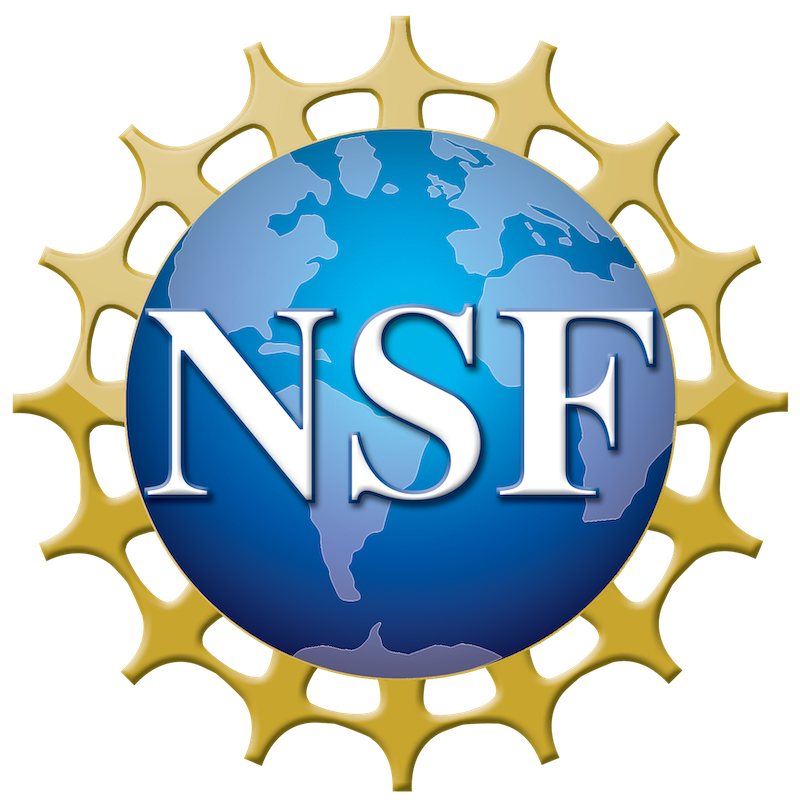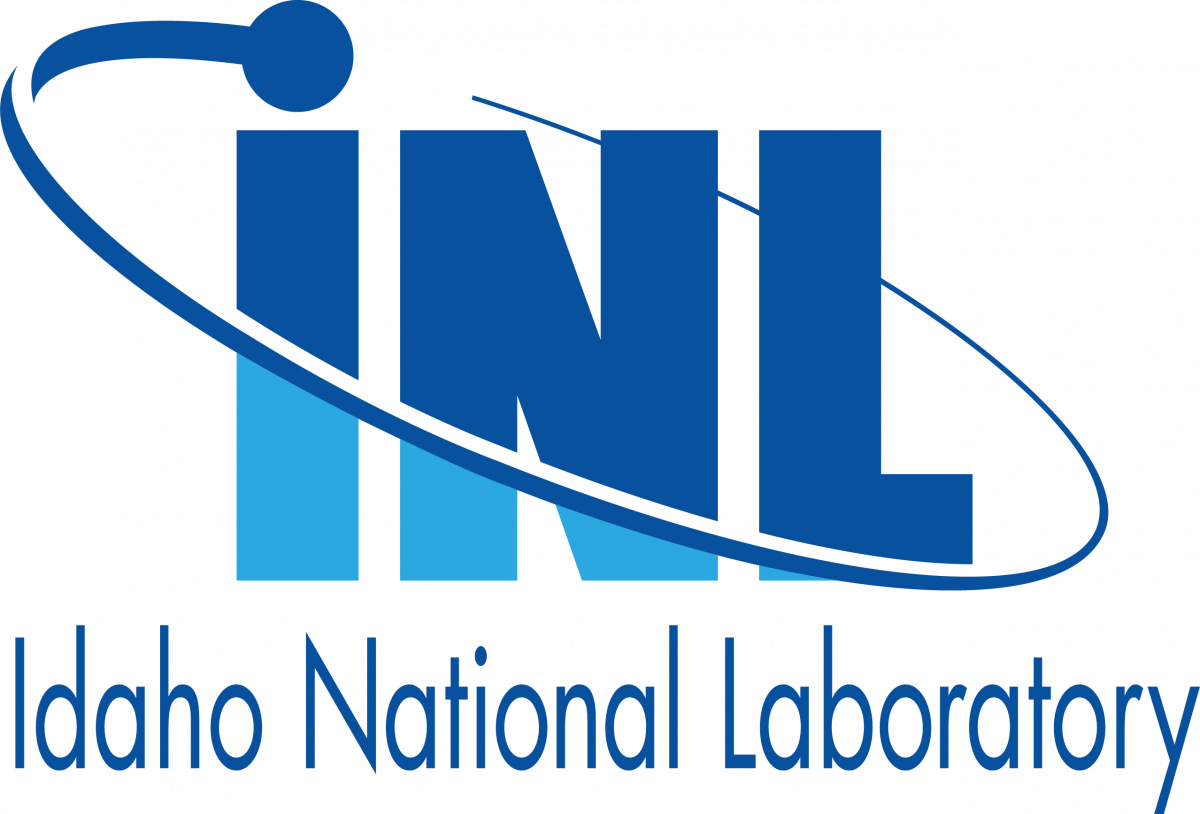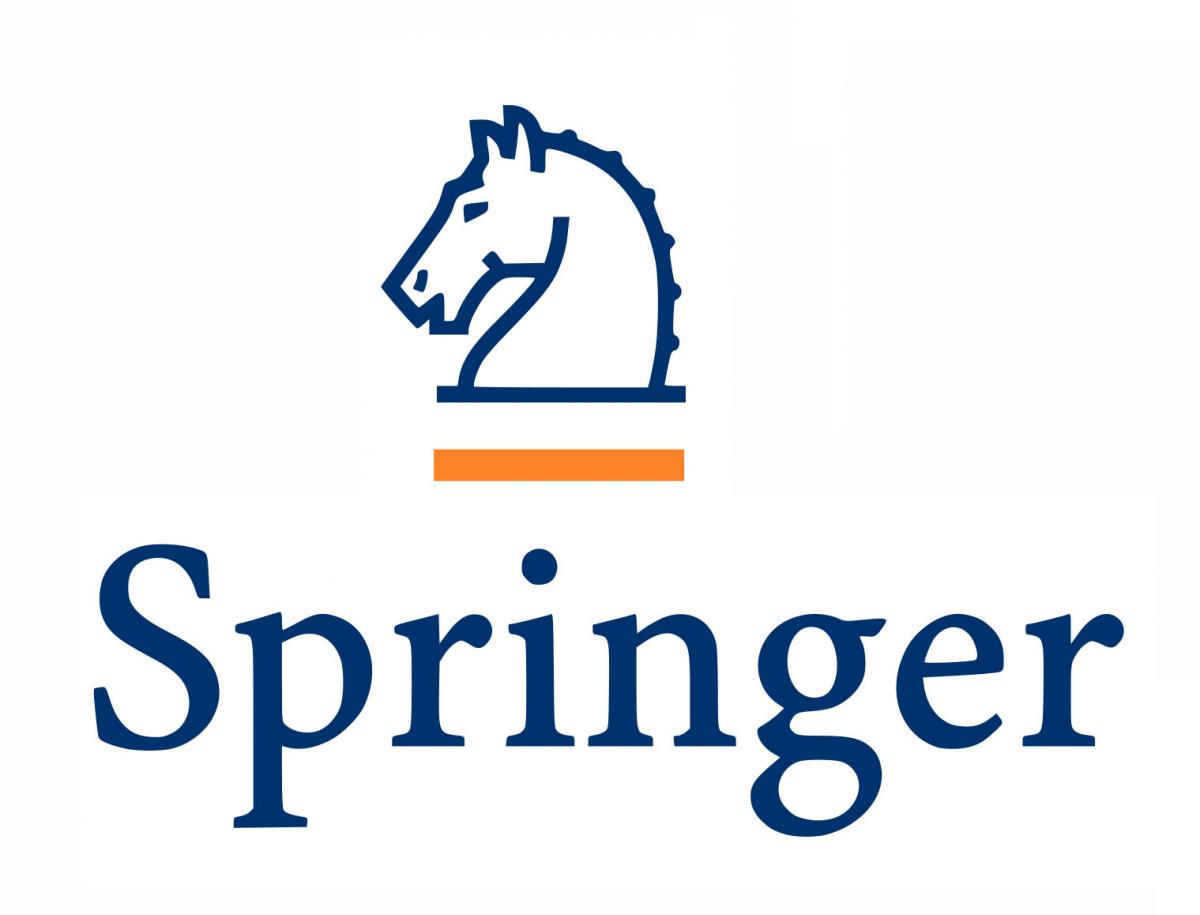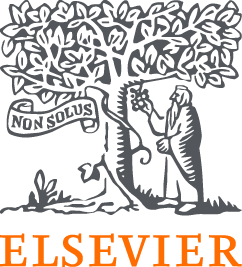Yongjie Jessica Zhang, Carnegie Mellon University
Adrian Buganza Tepole, Purdue University
Rafael Grytz, University of Alabama, Birmingham
Maria Holland, University of Notre Dame
Johannes Weickenmeier, Stevens Institute of Technology
Aishwarya Pawar, Iowa State University
Medicine relies on a broad range of imaging modalities to visualize, measure, and understand disease. Concurrently, computational models of tissues are developed with higher fidelity due to improvements in medical imaging acquisition time, deep tissue imaging, and resolution across scales. New imaging modalities and novel applications of existing technologies have also enabled the characterization of tissue properties beyond geometry or microstructure. Imaging methods used in computational medicine include magnetic resonance imaging, computed tomography, ultrasound, optical coherence tomography, digital image correlation, multi-photon microscopy, and various other microscopy modalities. Imaging data thus provides the geometry indispensable for the generation of any realistic computational mechanics model. It also enables measurements of the changes in the geometry - elastic strains or permanent deformations - that occur during tissue development, regeneration, aging, and disease. In combination with other measurements such as forces, and an increasing understanding of the physics at different length scales, imaging data plays a fundamental role in the development of validated and predictive constitutive models for biological tissues at the cell, tissue, and organ levels.
In this minisymposium, we solicit contributions that describe advances in computational mechanics and data-driven modeling in medicine. Novel methods for models informed by or based on innovative use of imaging modalities across the scales are welcomed. This minisymposium would also like to highlight interdisciplinary efforts of basic and clinical scientists, biophysicists, engineers, and mathematicians that jointly address the most important challenges and trends in imaging-based modeling of biological phenomena, e.g.: neuron material transport, growth and remodeling mechanisms in myopia, keratoconus and glaucoma, skin growth, brain tissues, and cardiovascular systems.











